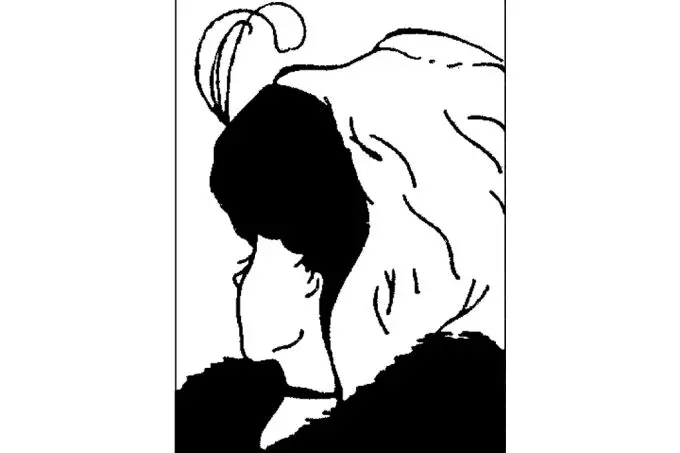A good optical illusion never hurts, and can even serve as a tool for those investigations that evaluate people’s behavior. What do you see in the image below? A young lady with her face turned away or an older woman with her hair covering her face?
SEE ALSO:
- Only 1 in 4 people see the colors in this graph, can you?
- 13 Photos You’ll Have to Look Carefully at to Understand
- You’ll need to see it twice in “Project Match”

This optical illusion is more than 100 years old. It was designed in 1915 by a British cartoonist named William Ely Hill on behalf of a humor magazine, and was titled “My Wife and My Mother-in-Law.” The original description of this cartoon already referred to its ambiguity: “both are in the picture. Try to locate them.”
However, the first appearance of this trick is much older: on a German postcard from 1888 you could already see, in even more detail, a design that showed a young woman and an old woman simultaneously. More than a century later, this same figure showed his face again in an investigation into the perception of faces.
This postcard printed in Germany in the 19th century already shows the famous optical illusion.

The development of the research.
In a study published in the journal Scientific Reports, this optical illusion of women was used to understand whether age influences our identification of facial features. And to collect the responses of the 666 volunteers, the scientists used a curious Amazon service, Mechanical Turk.
Have you come across an online form where you are asked to identify an image to prove that you are not a robot? It turns out that humans are (still) better than machines when it comes to recognizing certain shapes. Turk’s idea is basically that: to enter the platform, analyze and classify a portion of images. Sure, all while making a little money.
This kind of repetitive work is aimed at fine-tuning artificial intelligence technologies, but Turk is also useful for scientific research tests, such as that of these ladies. The scientists prepared a three-phase questionnaire. Not knowing that the objective of the test was to analyze the variations in the responses according to the age of the volunteer, the participants (between 18 and 68 years old) observed the figure for just half a second and answered, initially, whether they observed an animal or a person.
The results.
Those who responded by identifying a person moved on to the next phase, where the issue of gender was addressed. Those who indicated that it was a woman moved on to the third question, with which we opened this post. In general, it was concluded that younger volunteers were more likely to identify the face of a young woman, while older volunteers tended to observe “mother-in-law”.
The research team associated this result with two factors. The first has to do with a phenomenon called “age bias”: as we become accustomed to interacting with people in our age group, our brains unconsciously make this jovial association more easily. The second is the difficulty in recognizing older faces, something that, according to the study’s conclusions, could be related to sociocultural practices in the United States, where the inclusion of the elderly is not easy.

Comments